research
Medium
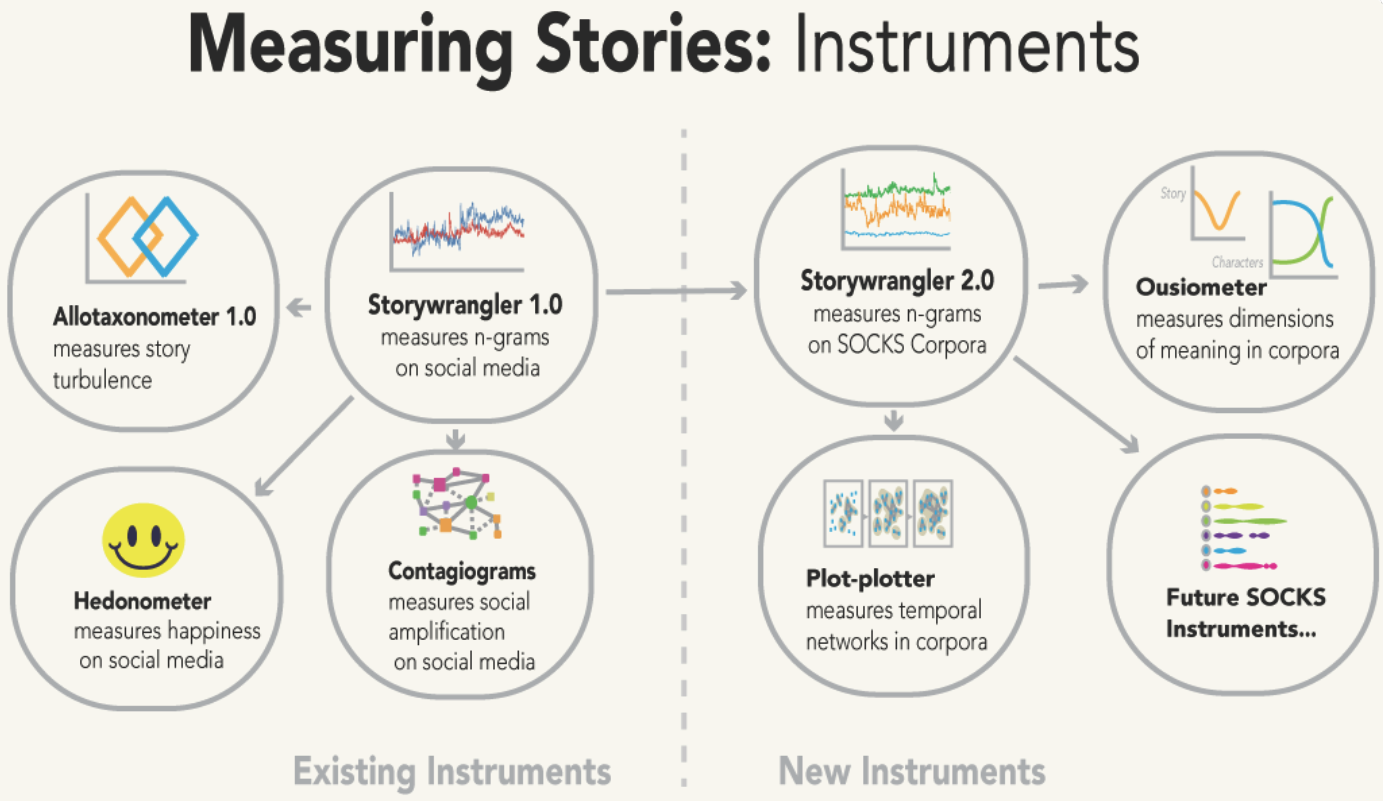
Current Research
| In astronomy and biology, the telescope and the microscope helped us describe phenomena far beyond our limitations, opening up vast new scientific realms. With the SOCKS program, we’re working to do the same for stories by building and refining instruments that can ‘distantly read’ and make sense of enormous collections of texts, whether they be libraries of books, streaming social media, or Vermont folktales from the 1800s. We need to understand how stories evolve and spread, the effects stories have on populations, and with SOCKS, we will help grow a measurement-first science of stories. |
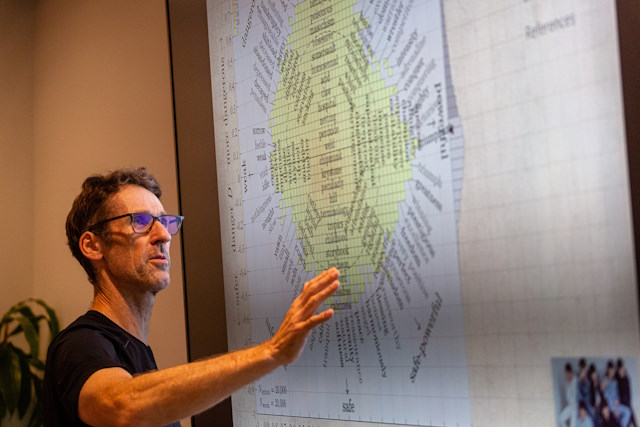
SOCKS Research Capacity Building: Platform and Instruments
| SOCKS builds upon an existing set of instruments to develop a data-driven, computational science of stories. |
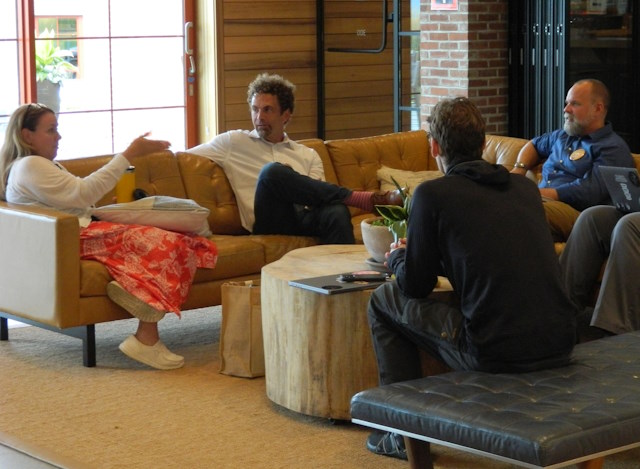
SOCKS Data and Cyberinfrastructure Capacity: Building Open Data
| A central goal of this project is to make the wealth of information contained in local archives, such as Vermont’s public, educational, and governmental (PEG) archives, accessible to researchers, particularly those employing high-performance computing environments and engaged in trans- and post-disciplinary research at the intersection of computer science, the social sciences, and the humanities. |
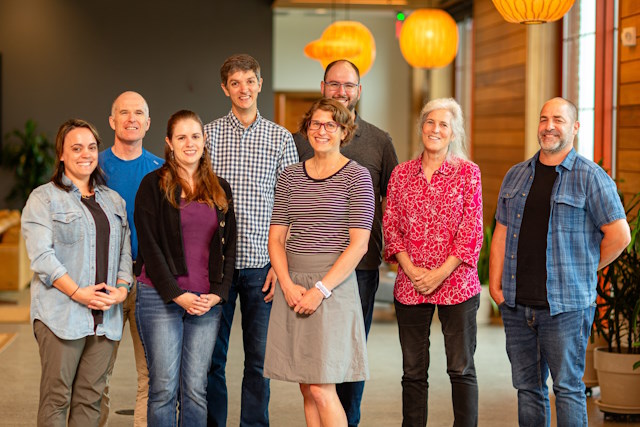
SOCKS Data and Tools in Practice: Advancing Computational Narrative Analytics to Re-Engineer Healthcare Communications
| Storytelling plays a pivotal role in social connections, education and workforce participation, and community engagement in healthcare settings. |
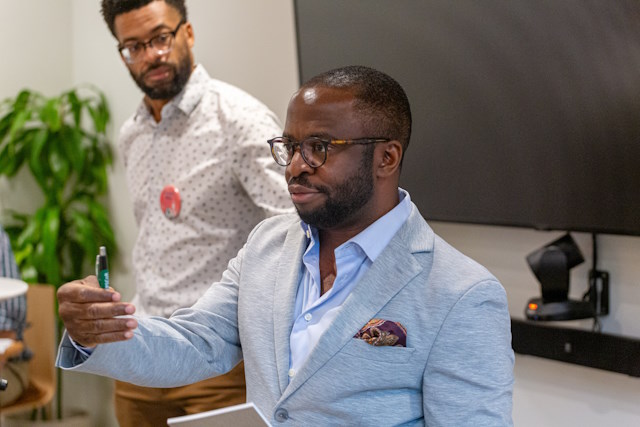
SOCKS Data and Tools in Practice: Social Applications
We will explore the ways that stories are imagined, constructed, challenged, reformulated, and reified through various forms of media, affecting geopolitics, national conversations, and daily lives.
|
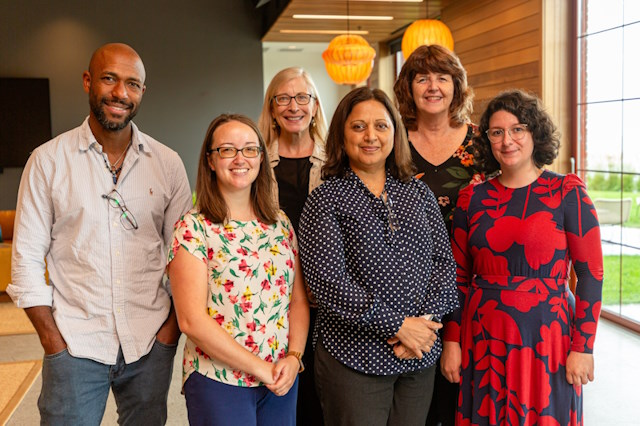
Education and Workforce Development (Broader Impacts)
| We will implement communications and dissemination with professional training opportunities (Alda), coupled with broadening audiences across the region (CBS), for increased public scientific literacy. Anticipated accomplishments by the end of the project include far-reaching impacts in new areas of science and frontiers of knowledge; a new, highly trained workforce in technology-based areas; and a pipeline of educators and next generation scholars trained to continue with new extramural funding and new publications for peers to disseminate and expand this area of research. |